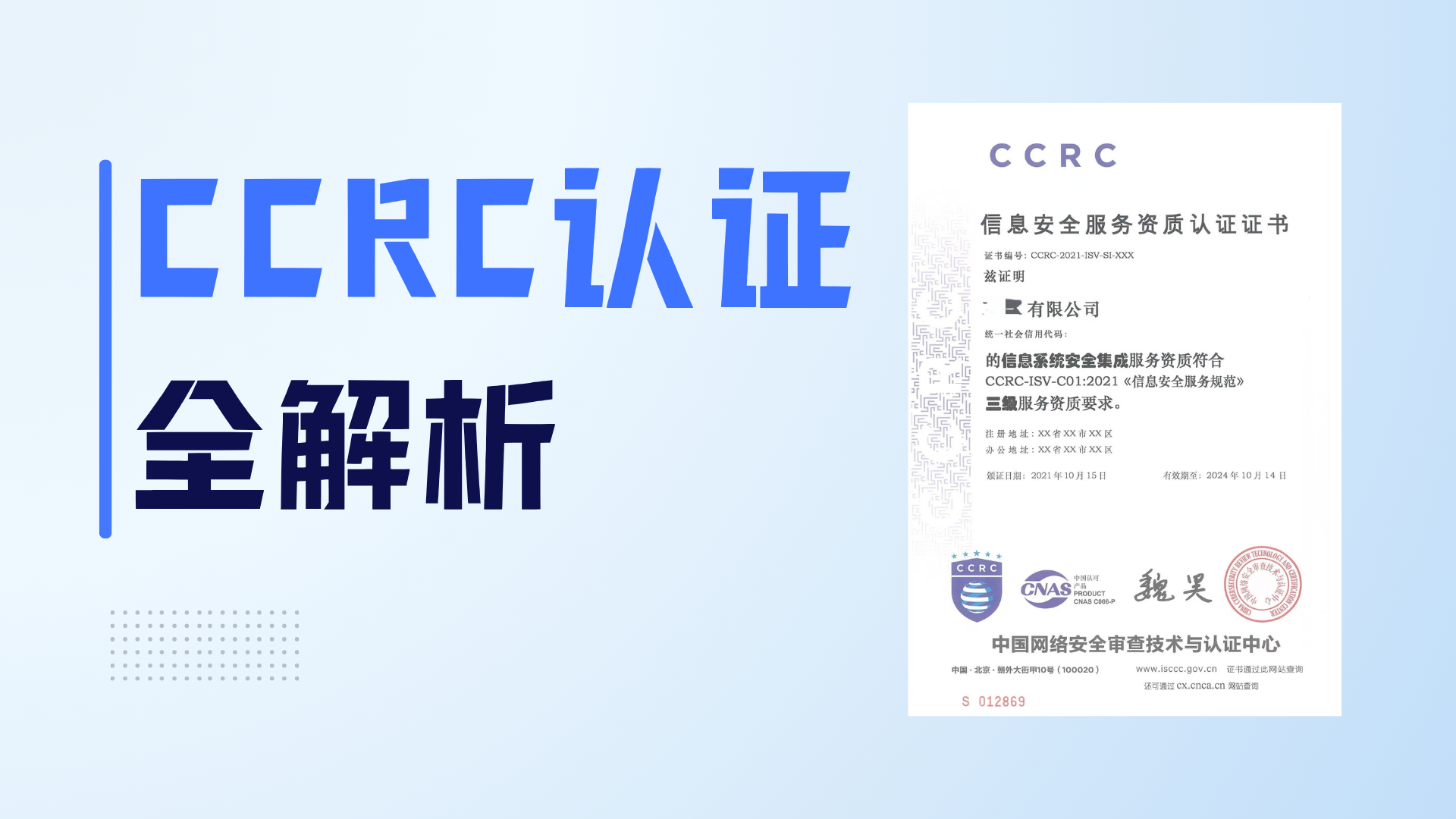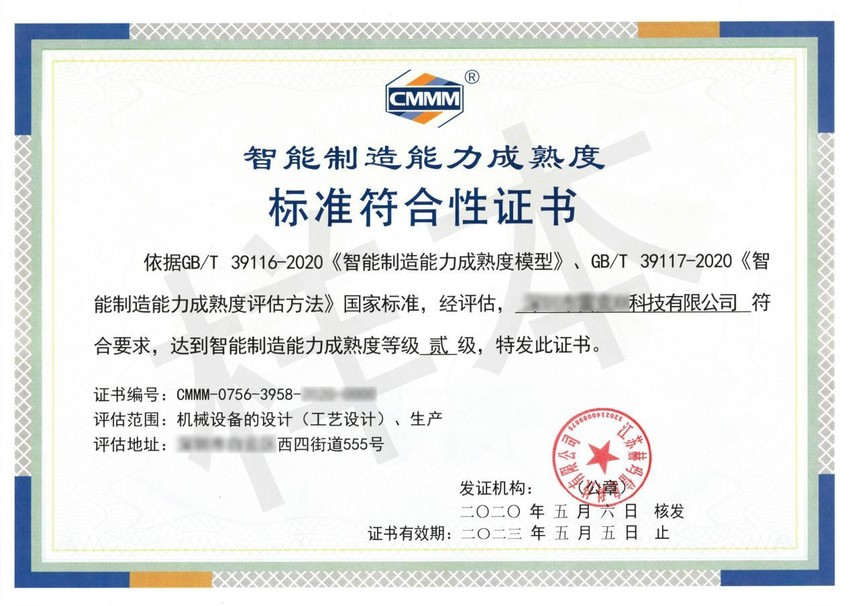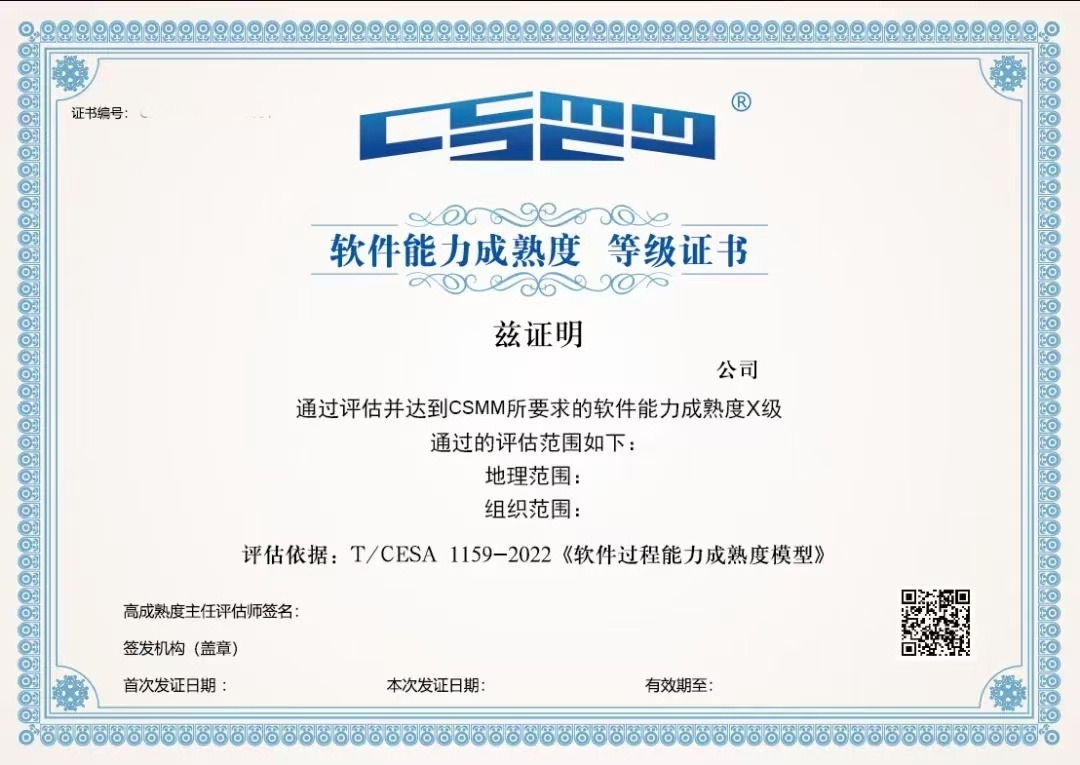




 Release time: 2025-04-09 16:54:09
Release time: 2025-04-09 16:54:09 Publisher: Sterui
Publisher: Sterui Views: 540
Views: 540Driven by both global climate governance and the "dual carbon" goals, green factories have emerged as a core driver for the high-quality development of the manufacturing industry. As a key vehicle for achieving carbon neutrality in the industrial sector, green factories not only shoulder environmental responsibilities but also, through technological innovation and model restructuring, have become a strategic choice for enterprises to break through cost constraints and reshape their competitiveness.
(一) Policy compliance and dividend acquisition
1. Qualification recognition and exemption
Enterprises that have obtained national green factory certification can enjoy policy benefits such as exemption from environmental inspections and unrestricted production in winter, becoming a "protective umbrella" for enterprises to cope with environmental supervision.
For example, some enterprises in Jiangsu Province have obtained exemption qualifications for autumn and winter atmospheric control for several consecutive years after passing certification.
2. Financial rewards and tax incentives
The national and local governments provide special subsidies for green factories, with national certified enterprises receiving a maximum reward of 30 million yuan, and some provinces and cities offering subsidies of up to 30% for major energy-saving renovation projects. In addition, enterprises engaged in comprehensive utilization of resources can enjoy the policy of immediate collection and refund of value-added tax.
(二) Enhancing brand value and market competitiveness
1. Shaping a green image
Green factory certification is an authoritative endorsement of corporate environmental responsibility, which can significantly enhance brand awareness and consumer trust.
2. Seize the market opportunity
With the increasing preference for environmental protection among consumers, the premium space for green products can reach 8% -15%. For every one level increase in ESG rating, corporate financing costs can be reduced by 0.3% -0.5%, further enhancing market competitiveness.
(三) Economic benefits and cost optimization
1. Direct benefits of energy conservation and consumption reduction
Through process optimization and technological upgrading, the annual energy consumption per unit output value of enterprises can be reduced by more than 5%.
For example, a certain automotive parts factory adopts low-temperature plasma technology, which reduces the concentration of VOCs emissions to 12mg/m ³, which is 40% higher than the EU standard, and saves over 10 million yuan in annual treatment costs.
2. Resource recycling and efficiency improvement
A closed-loop production system can significantly improve resource utilization, such as a precious metal recovery rate of 98.5% in the electronics manufacturing industry and a reuse rate of over 85% for industrial water.
(四) Driven by technological innovation and industrial upgrading
1. Empowering digital transformation
The application of industrial Internet platform and AI algorithm promotes intelligent energy efficiency management. After deploying an AI energy consumption prediction system, a certain equipment manufacturing enterprise saved over 12 million yuan in annual electricity costs.
2. Breakthrough in green technology
Certification has forced companies to overcome technological bottlenecks, such as hydrogen roasting replacing traditional gas processes, which can reduce carbon emissions by 50%, and dry electrode technology, which can reduce energy consumption by 35%.
(五) Sustainable Development and Social Responsibility Practice
1. Environmental risk prevention and control
Through full lifecycle management, enterprises can reduce pollutant emissions by 30% -50%, lower the probability of environmental accidents, and lower governance costs.
2. Green supply chain collaboration
Certified enterprises regulate suppliers through ESG rating systems and promote the greening of the entire industry chain.
For example, Apple's demand for full carbon neutrality in its supply chain by 2030 has forced partner companies to accelerate their transformation.
(六) Breaking through international competition barriers
1. International standard alignment
Benchmarking against standards such as ISO 50001 (Energy Management) and ISO 14064 (Carbon Accounting) to enhance global compliance and competitiveness of enterprises.
The evaluation indicators for green factories are divided into first-level indicators and second-level indicators, with specific requirements including basic requirements and expected requirements.
Among them, the basic requirement is a mandatory evaluation requirement for inclusion in the pilot demonstration project of green factories. All basic requirements in the indicator system must be met before green factory application can be made, that is, a veto item. The anticipatory requirement is the reference target for the creation of green factories, and local governments are encouraged to propose higher requirements based on regional development levels and anticipatory indicators.
Specifically, the first level indicators for evaluating green factories include six categories: infrastructure, management system, energy and resource investment, products, environmental emissions, and performance. There are a total of 25 second level indicators, with a total score of 100 points. Among them, infrastructure accounts for 20% of the score, management system and energy and resource investment account for 15%, product and environmental emissions account for 10%, and performance accounts for 30%.
1. In terms of infrastructure, it mainly includes good ventilation and lighting; Reasonable layout planning; Meet production needs without wasting resources; The energy metering equipment in the factory area should be complete and of equal quality;
2. There should be relevant certification for the three systems and energy management system;
3. The investment of energy and resources mainly includes renewable resources and clean energy; Adopting new energy sources and optimizing production processes; Reasonably utilize the waste heat and pressure of equipment; Utilizing intelligent technology and IoT technology to improve energy allocation efficiency, etc;
4. In terms of product evaluation, it mainly includes the selection of materials, the concentration of types, and a high degree of recyclability; Adopting standardized design to improve the product's lifespan; Track carbon footprint throughout the entire production process, etc;
5. In terms of environmental emissions, relevant indicators such as plot ratio, unit product waste gas generation, and unit product wastewater generation should meet relevant performance standards.
.png)
.png)
图源:中华人民共和国工业和信息化部
如企业需要相关辅导申报服务,欢迎联系孙老师☎️13506219296

Wechat ID:Siterui888888
Add a wechat friend to get free plans and quotations


 Contact
Contact




 定制化解决方案
定制化解决方案 专业咨询指导
专业咨询指导 透明化服务
透明化服务 长期顾问式合作
长期顾问式合作